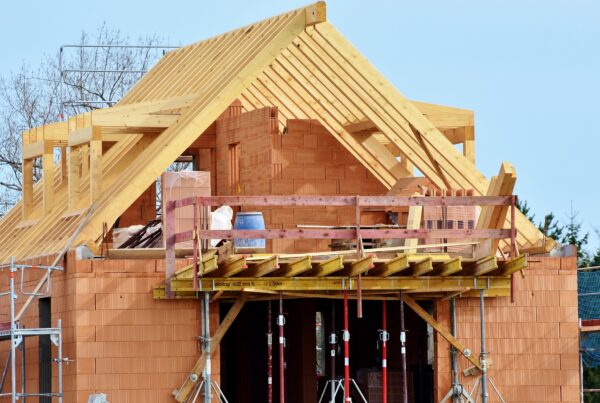Bournemouth has been rated as the least affordable place to rent in the whole of the United Kingdom.
It is top of a new league table of rent-to-income ratios in the Canopy UK Rental Price Index for 2024 which measures the average take-home salary of employed tenants against their share of rental costs.
In Bournemouth, tenants spend 47.3% of their income on rent, according to the new research.
That’s above Oxford in second place (46.1%), London in third (44.6%), Brighton in fourth (45.8%) and Canterbury in fifth (45.2% – and well above the national (36%) and regional averages (44.1%)
Affordability – whether for rented accommodation or residential property purchases – has long been a problem in the area.
Constraints on the local development market and the consequent lack of housing delivery clearly continues to limit housing supply in the area.
A strong and varied supply of housing with a healthy mix of sizes, tenures and affordability is critical to the social cohesion of the community, creation of opportunities and the success of the local economy.
Bournemouth, and the surrounding conurbation, needs enough housing of the right types to retain and attract workers of all kinds, including young professionals, and growing families.
Affordability is a complicated matter, which clearly involves wage levels as well as land supply and other factors.
However, the timing of property technology firm Canopy’s results couldn’t have been more pertinent following the recent hearing of the Bournemouth, Christchurch and Poole (BCP) Local Plan examination.
The inadequacy of the proposed strategy for housing supply within the plan is laid bare when read against such figures.
We have been raising concerns about the Local Plan for many months.
It demonstrates a lack of introspection in relation to the complex issue of affordability within BCP plan area, and in particular Bournemouth.
The Local Plan strategy follows a constraints-based approach to development within the conurbation – essentially a strategy of seeking to restrict growth and impose constraints on building heights, densities and the housing mix.
Effectively this limits all development to the existing urban area and rules out green belt schemes – constricting the area’s ability to viably deliver residential and other development schemes.
The opportunities for providing larger family homes within the most sustainable locations are limited already in Bournemouth.
It is important that the council understands that a mix of opportunities, including on the urban fringe and at the edge of settlement and within the Green Belt are necessary to ensure the right mix of housing comes forward – including those family homes.
Its attempt to artificially control the housing mix within the urban area through restrictive policies will only stifle development and see even less housing delivered on the ground.
A Local Plan needs to be in place that works for Bournemouth and the whole BCP conurbation which supports properly the professionals, developers, stakeholders and local people who deserve a degree of certainty that BCP is open for business and wants to support growth. Please contact us to find out more about the Local Plan.
- Canopy’s end of year index analysed data from more than 60,000 individual renters, covering all of 2024. It found that nationally, UK tenants spent an average of 36% of their net salary on rent. Regionally, London was the least affordable (44.6%), followed by the South East (44.1%) and then the South West (41.2%). Mid and East Antrim was the most affordable place to live with a rent to income ratio of 22.9%. Read the full results here.






